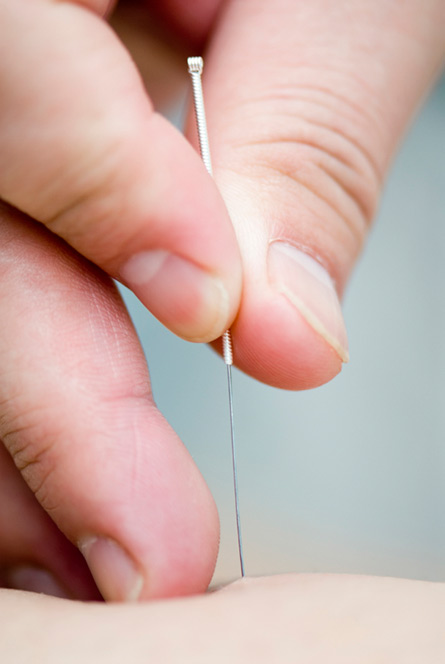Acupuncture as Placebo
Sticking needles in someone’s body is not a placebo therapy, or at least not an effective one, argue two letters in today’s issue of Archives of Internal Medicine. From personal experience I’d argue that the critics got this call right.








